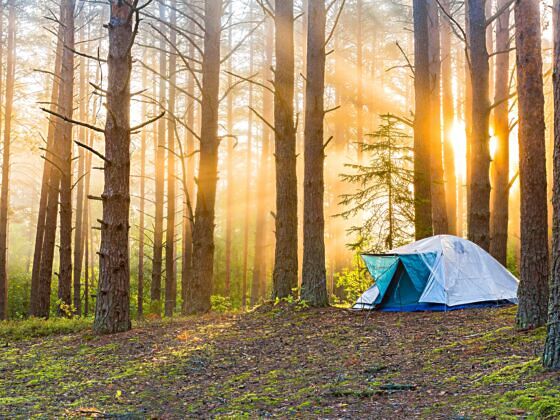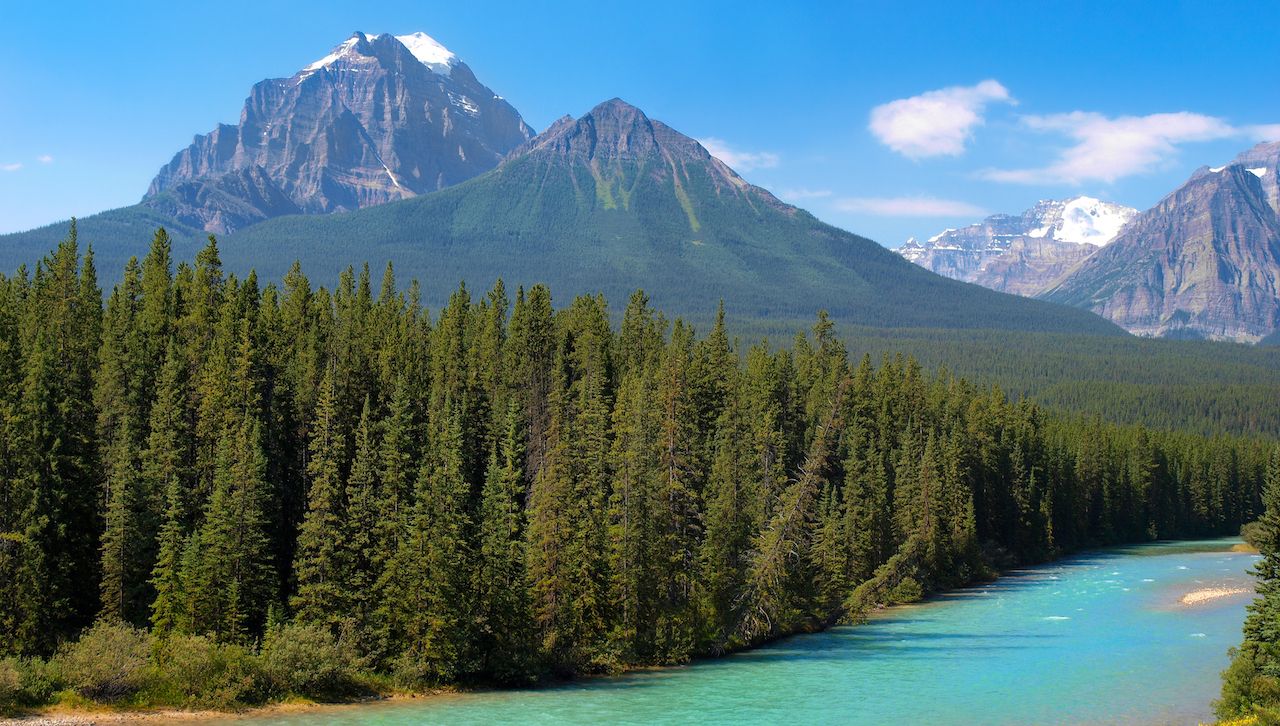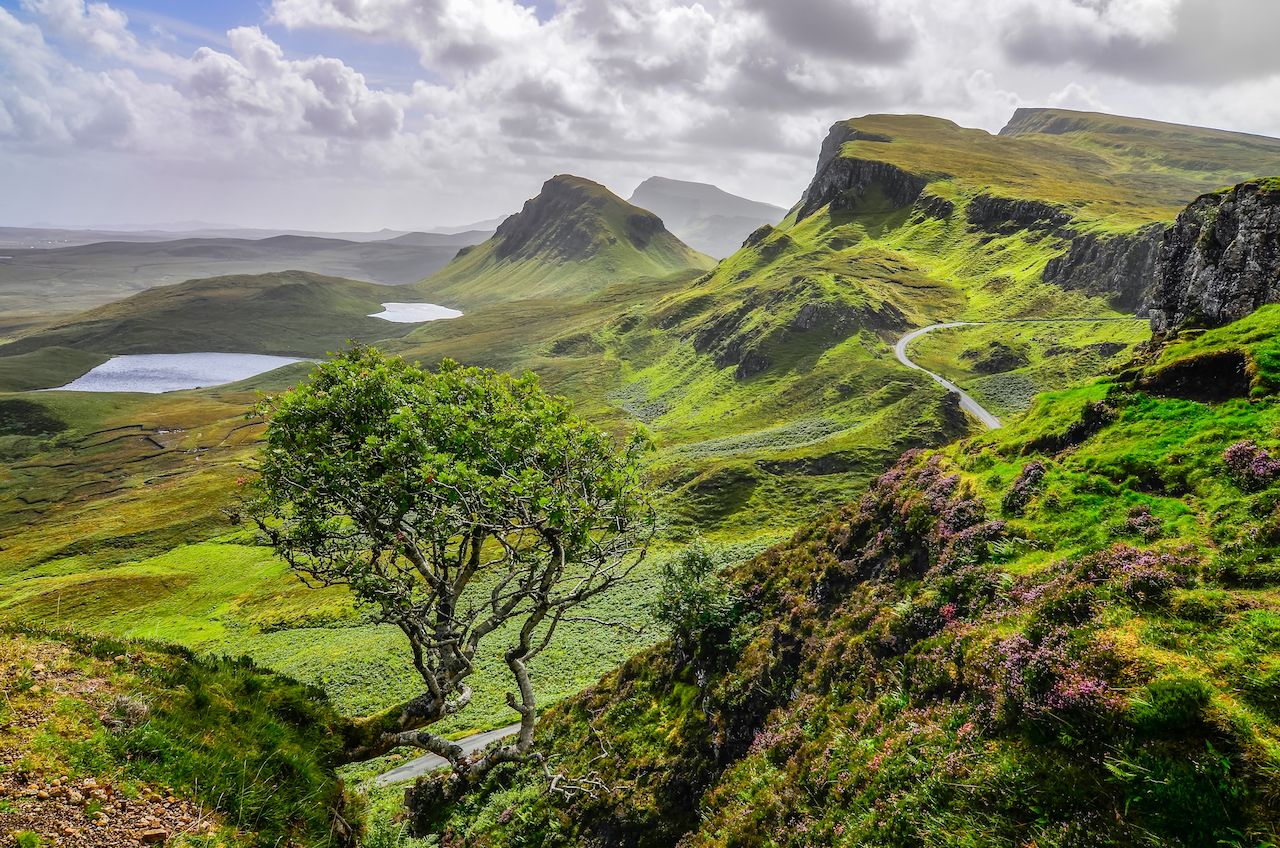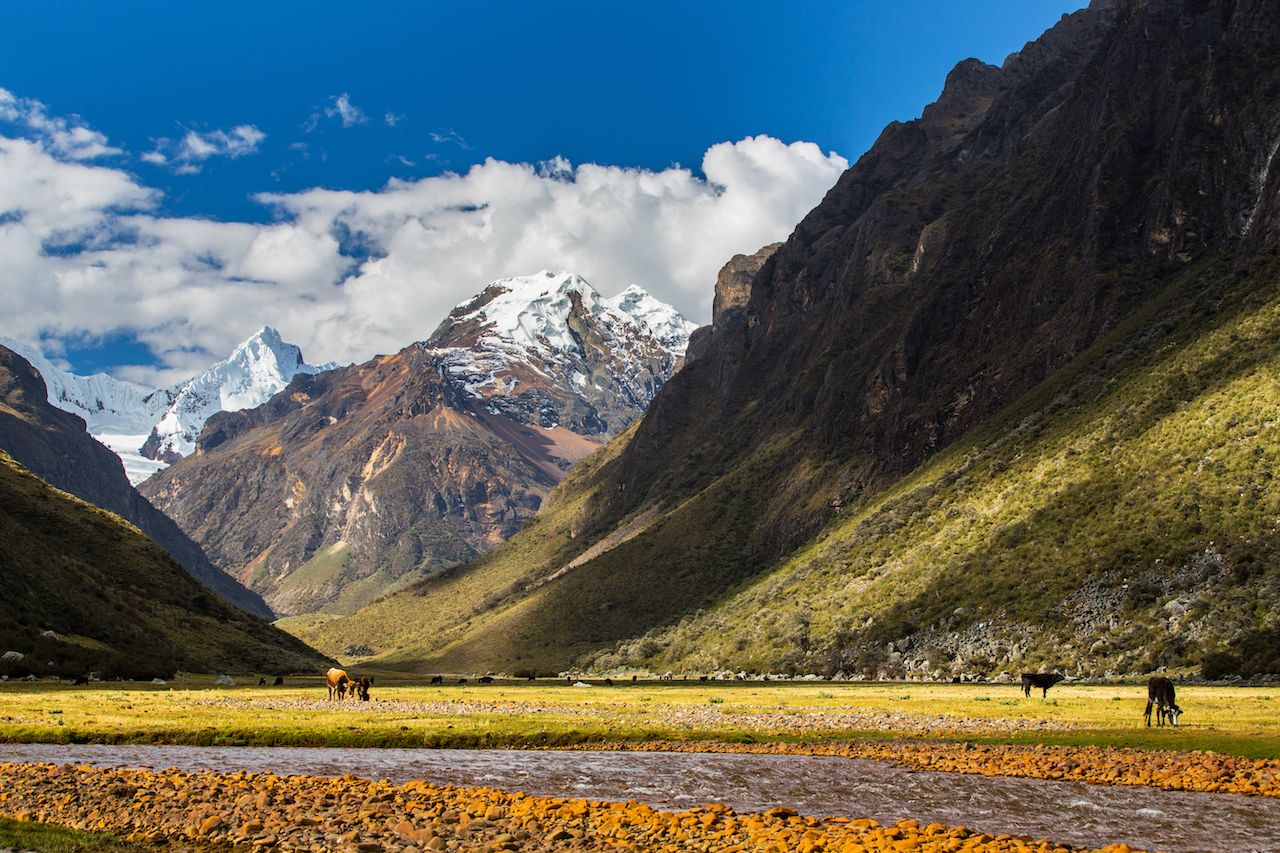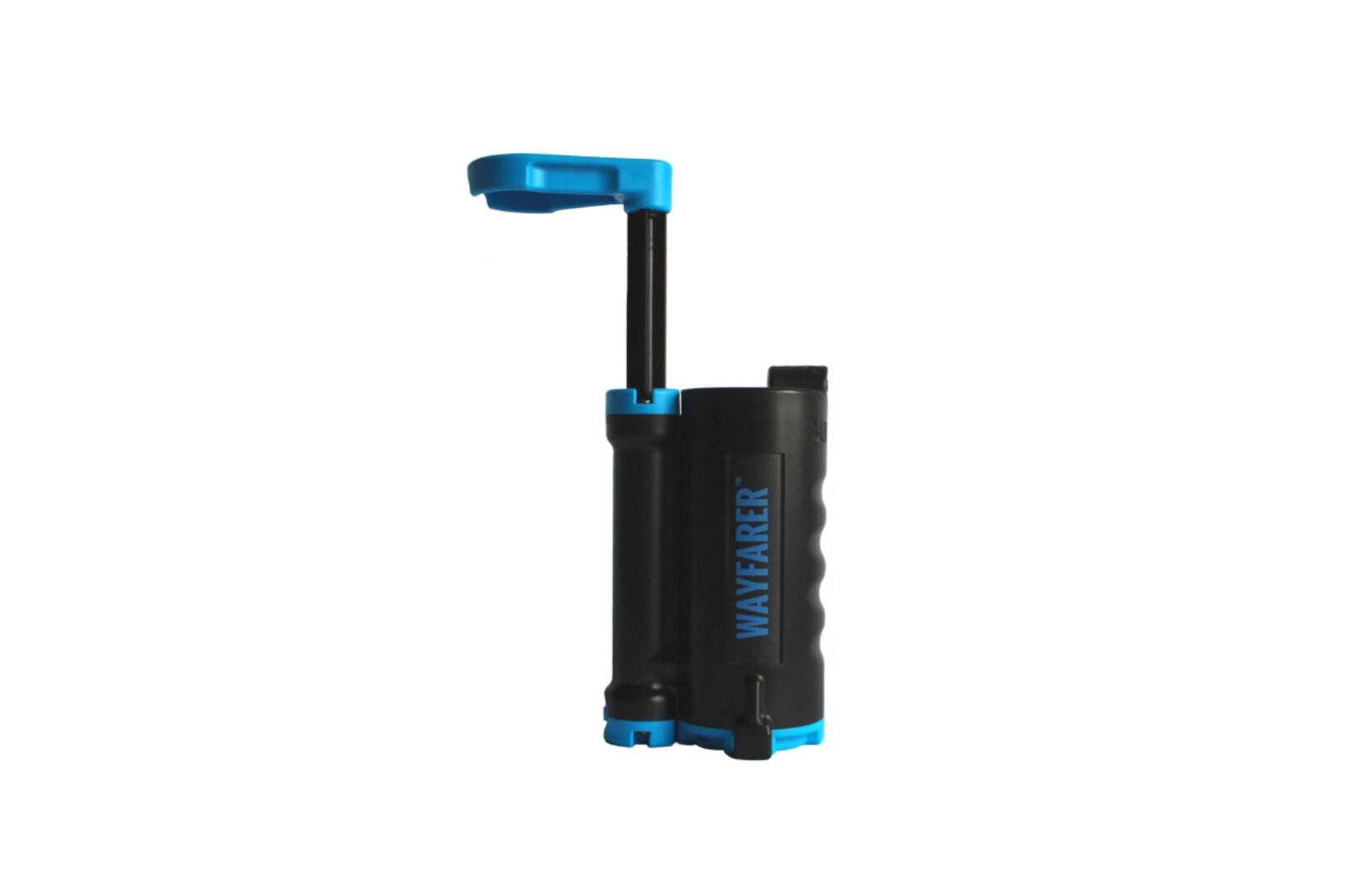Sleeping under the stars, waking up to the smell of fresh air, and really getting away from it all — the appeal of wild camping is easy to see. Also called dry, free, or freedom camping, wild camping is overnighting away from organized campsites, and their noise and crowds, to set up camp among the wilds of nature instead.
After seeing all those Instagram images of carefree wild camps, you may be ready to grab a backpack and set off yourself. But a wild camping trip requires more preparation than a stay at your average campground. To save you from paying a hefty fine for trespassing or waking up freezing at 2:00 AM, here’s everything you need to know before you pitch your camp in the great outdoors.
